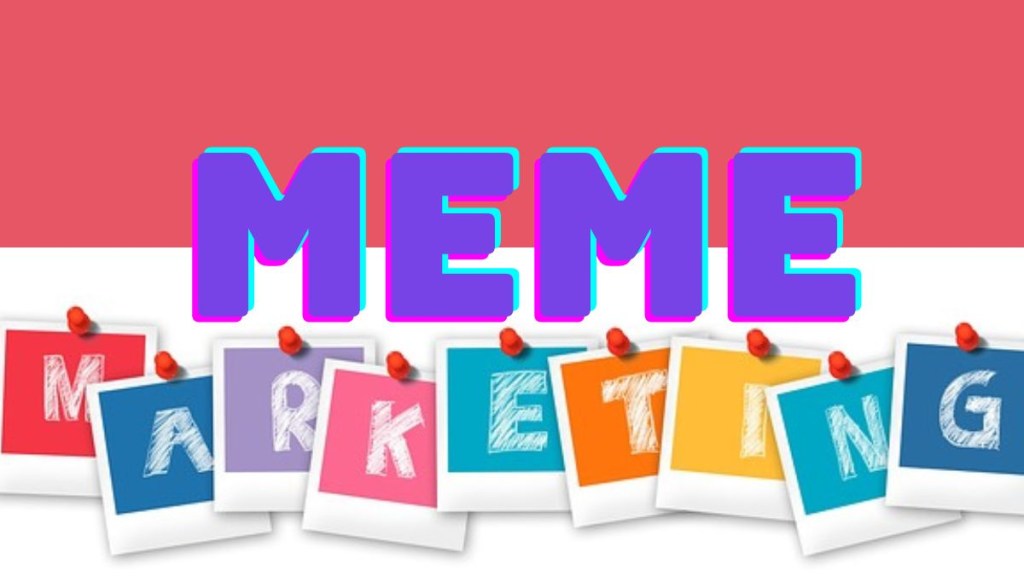For sometime now, new-age brands have relied on memes to create a buzz on the Internet. From Swiggy to Zomato, Zoom, Oyo among others are some of the digital brands which have taken to social media platforms including Facebook, Instagram and Twitter to talk to consumers in a witty tone, but not all have been able to strike the right chord. “Memes are an excellent way to spread ideas, that is, plant a question, get people to rethink something, among others. Not unlike humour-driven ads. The only difference is production values. Memes are intentionally lo-fi in comparison to campaigns,” stated Abhijit Awasthi, founder, Sideways Consulting.
When contacted, brands including Swiggy, Droom, Ola refute to answer the question.
Case in point: Retail outlet Brand Factory on numerous occasions had restored to using memes to provide updates on its offers and discounts. It earlier used a viral Indian meme called ‘Hello Fraands, Chai Peelo’, which was then altered to ‘Hello Fraands, Shopping Karlo’. This meme quickly gained popularity and attention.
“Meme marketing in India has become increasingly popular in recent years, especially among younger audiences. It can hold a lot of value for brands, as it often helps to connect with younger audiences who are difficult to reach through traditional advertising channels. By using memes, brands can show that they are culturally relevant and have a sense of humor, which can help them to build a loyal fan base. It can serve a purpose beyond just creating a buzz and can help to convey complex ideas in a simple and easy-to-understand way,” said Krishna Iyer, director – marketing, MullenLowe Lintas Group.
Another popular meme which gained popularity across social media platforms was the banter between Blinkit and its parent company Zomato. Here, the brand rolled out a billboard advertisement across its social media platforms by replacing the famous dialogue from the 2002 movie Maa Tujhe Salaam. A yellow billboard for the supermarket delivery service Blinkit had the phrase ‘Doodh mangoge, doodh denge (Ask for milk and we will bring it)’. While the red signage read, ‘Kheer mangoge, kheer denge (Ask for kheer and we’ll deliver it)’. This soon began to trend and was followed by various brands including Netflix.
It is believed that brands routinely browse social media platforms, besides Internet forums, and meme-sharing websites to create their own version. One can use social listening tactics, engage with their target audience, or collaborate with meme creators to create their own versions.
Old versus New
Typically the shelf-life of a meme is about a day or maximum two days. It is in the rarest of rare cases that memes trend to survive for a week or more. One of the looming issues is that while new-age brands find this form of conversations engaging, legacy players are still to catch on to this frenzie. In fact, a lot of have stayed away. It has perhaps only been dairy brand Amul which has been living it up to its promise of quirky ads. “Legacy brands may come across as hesitant to embrace a form of marketing that is seen as unconventional. However, they find opportunities to use memes as moment marketing. Lifebuoy paid tribute to DDLJ on completing 25 years with its customary hygiene twist during Covid. Kajol’s hilarious caption ‘Ja virus ja, jeene de hummein apni zindagi!’ created a jovial moment for Twitteratis. As younger generations become more influential, legacy brands are starting to recognise the importance of meme marketing and are beginning to incorporate it into their strategies,”Iyer explained.
For Chaitanya Joshi, executive creative director, Dentsu, recall is one the biggest problems in marketing. “Meme marketing helps with the same. Legacy brands are slowly moving towards meme marketing, and in an era of mindless scrolling, memes can be very effective,” Joshi added.
Honey! Show me the money
Even as meme marketing is perhaps the darling of marketers, when it comes to defining return-on-investment, often its impact is questioned. The only way one can perhaps measure effectiveness is through virality of the meme, there by the kind of engagement it drives on the Internet. “Moreover, like any other advertising effort, meme marketing does offer ROI, but how much that depends on how well it was thought through,”Awasthi added.
Interestingly, industry experts pointed out that the effectiveness of a meme depends on factors such as organisation, target market, among others. “Each company must assess whether meme marketing fits with their overall marketing strategy and brand before incorporating it into their campaigns,” Iyer said.
Follow us on Twitter, Instagram, LinkedIn, Facebook

